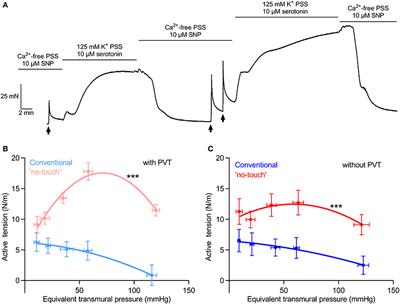EDITORIAL
Published on 30 Jul 2018
Editorial: Perivascular Adipose Tissue (PVAT) in Health and Disease
doi 10.3389/fphys.2018.01004
- 1,798 views
- 7 citations
23k
Total downloads
86k
Total views and downloads
EDITORIAL
Published on 30 Jul 2018
ORIGINAL RESEARCH
Published on 23 May 2018

ORIGINAL RESEARCH
Published on 18 Apr 2018

ORIGINAL RESEARCH
Published on 06 Apr 2018

ORIGINAL RESEARCH
Published on 23 Mar 2018

REVIEW
Published on 21 Mar 2018

ORIGINAL RESEARCH
Published on 19 Mar 2018

REVIEW
Published on 13 Feb 2018

ORIGINAL RESEARCH
Published on 09 Feb 2018

REVIEW
Published on 06 Feb 2018

ORIGINAL RESEARCH
Published on 12 Jan 2018

ORIGINAL RESEARCH
Published on 19 Dec 2017
